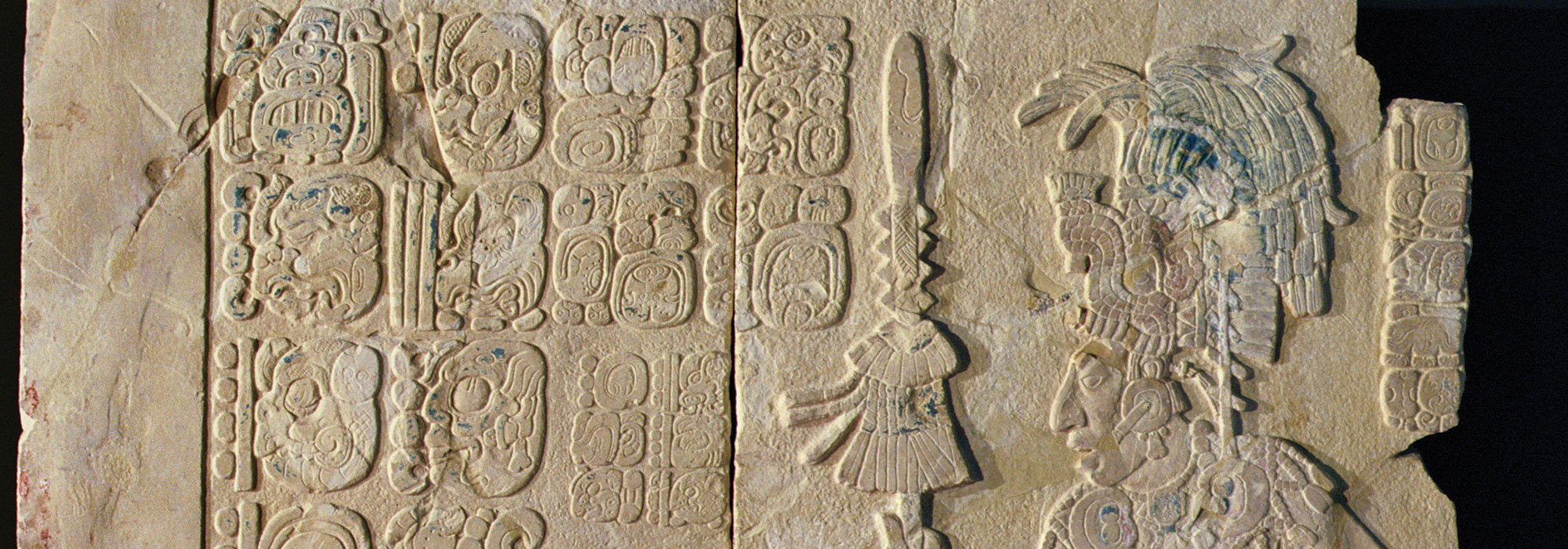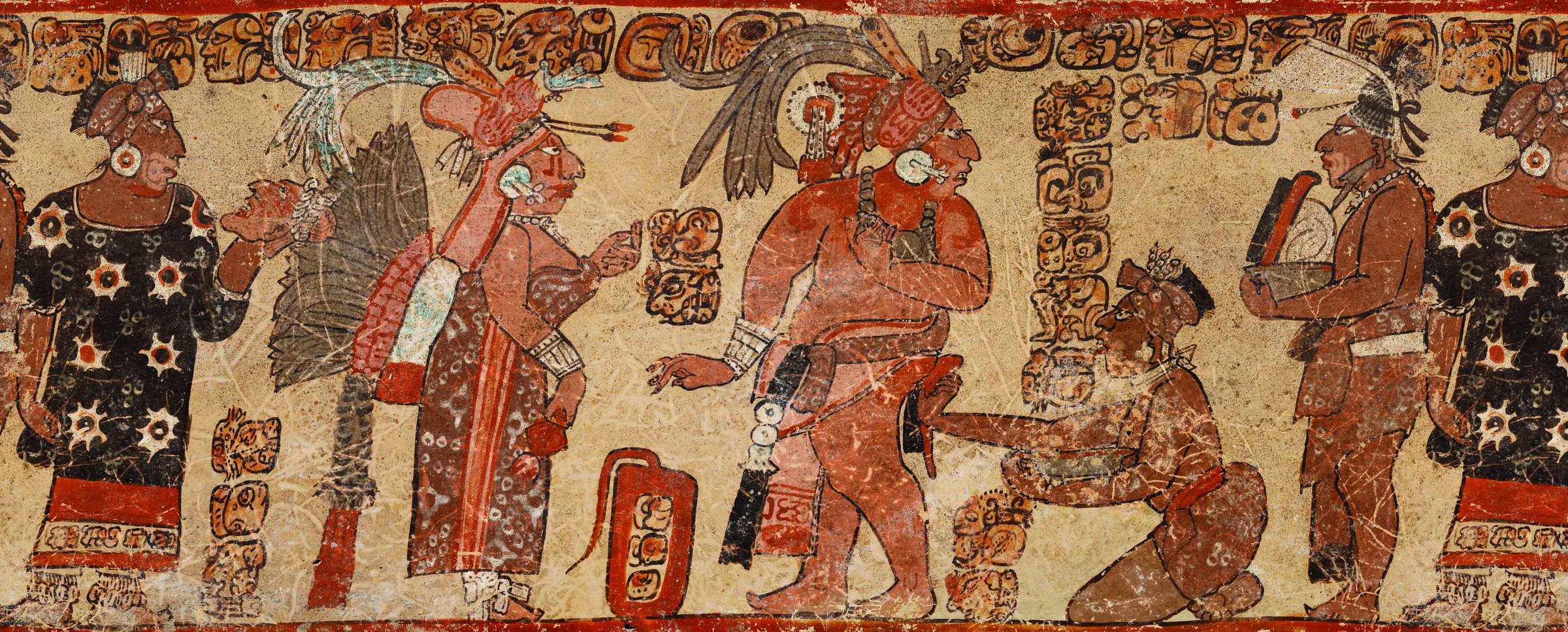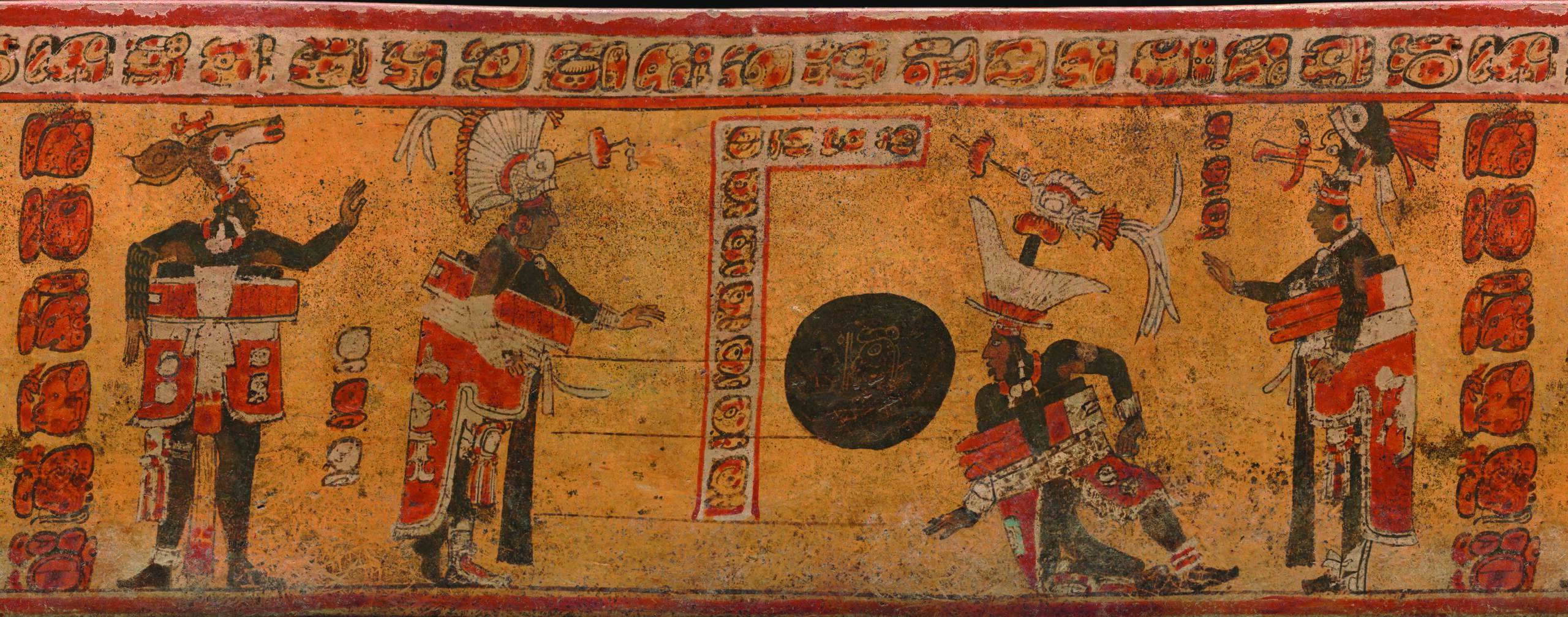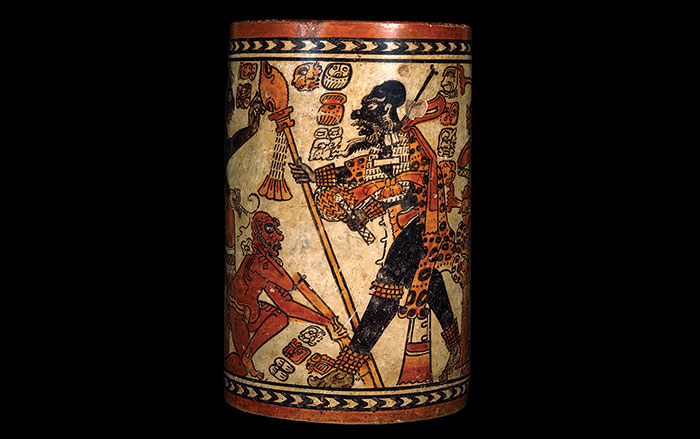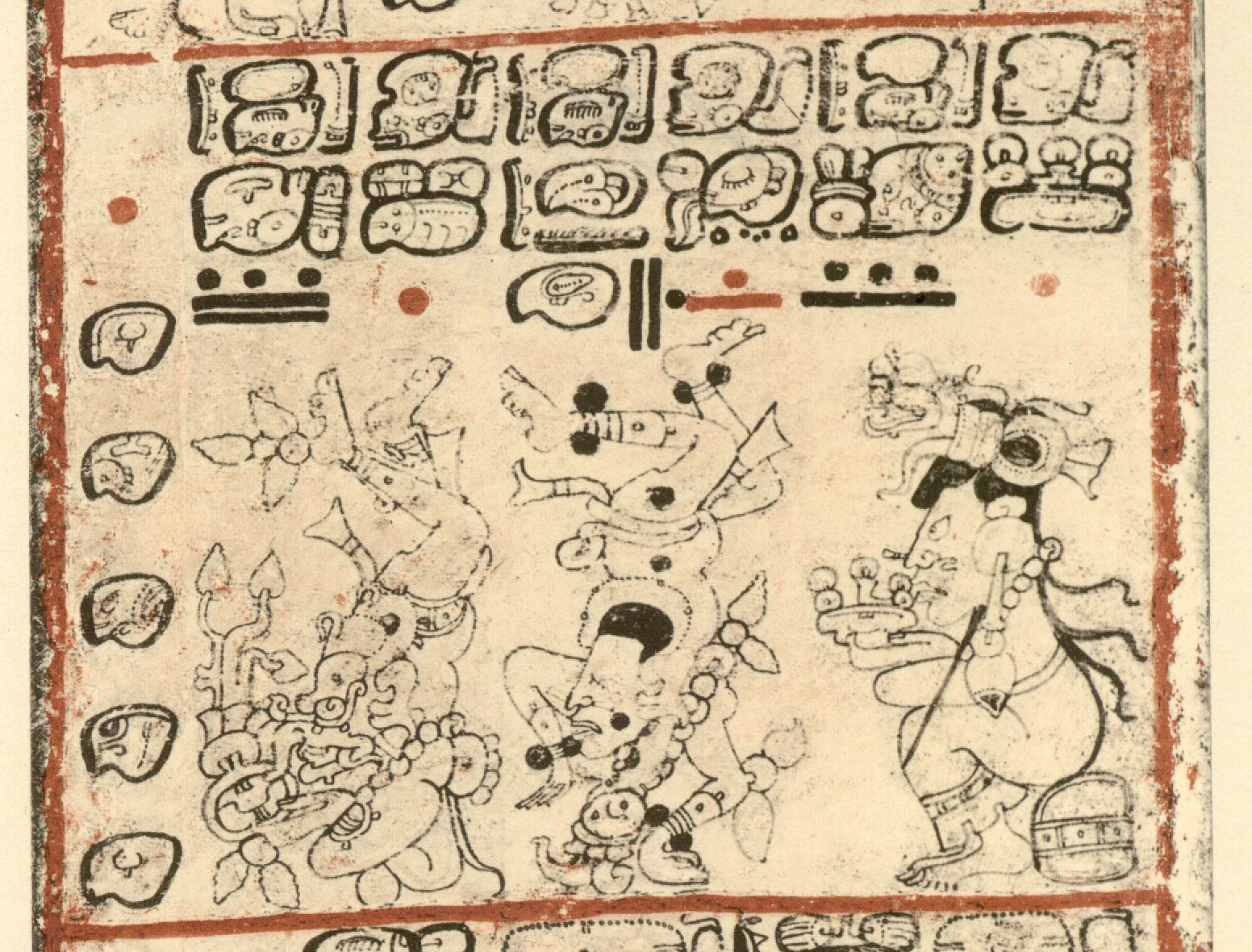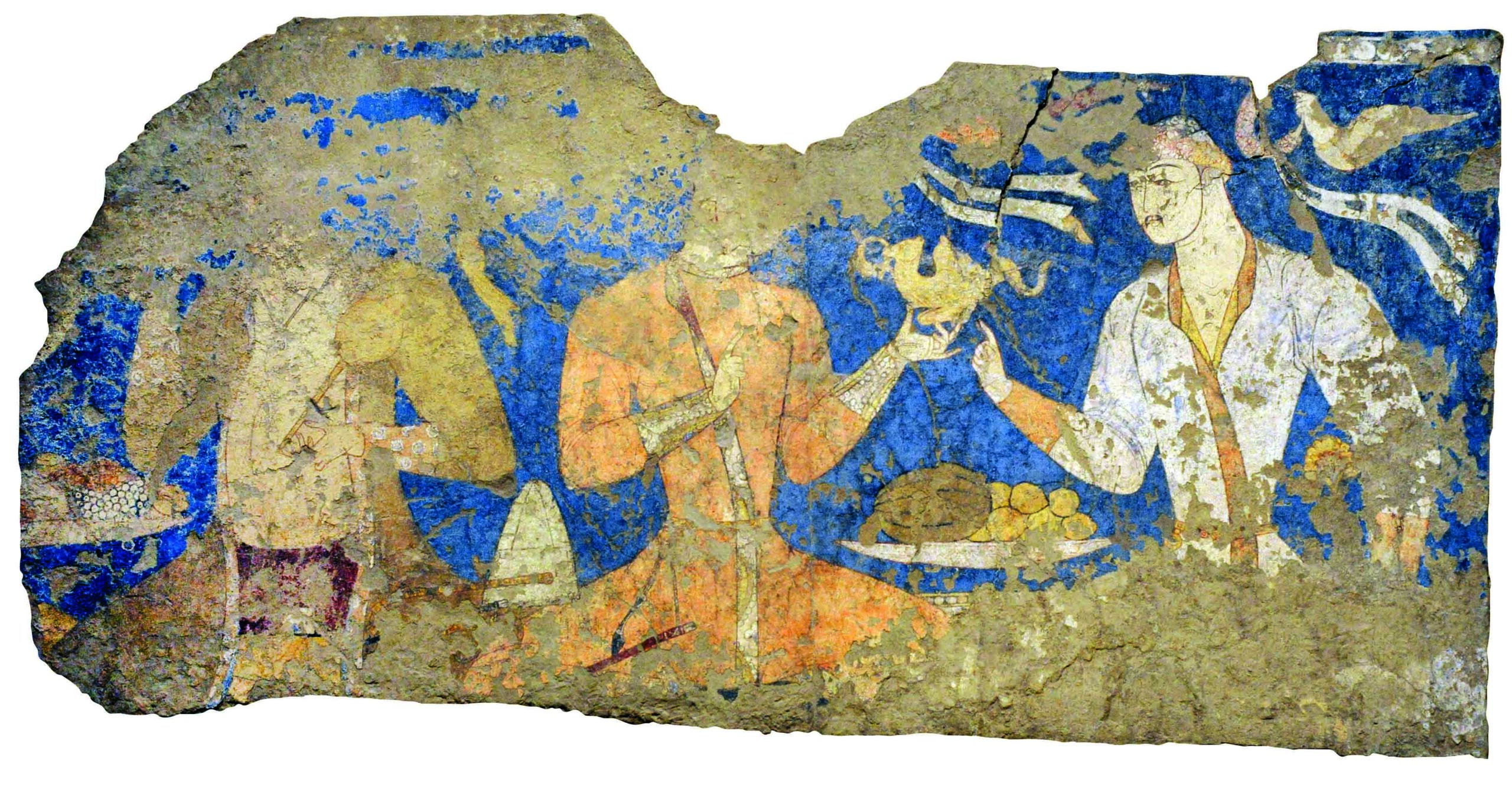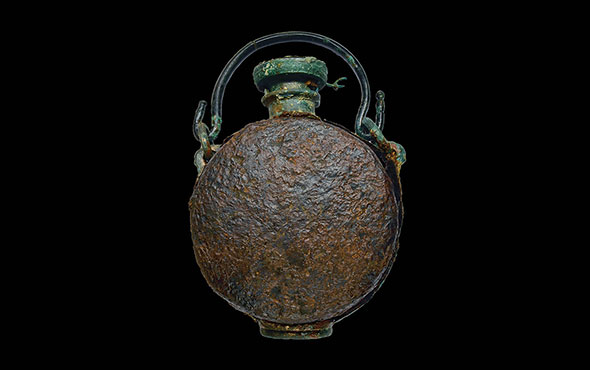
In the northwestern part of the Maya world, around Palenque, in Chiapas, and along the Gulf Coast of the northern Yucatan Peninsula, both men and women wore nasal prostheses to alter the shape of their facial profiles. These prostheses were most likely made from latex or resin and appear to have been stuck onto the skin. They would have exaggerated the bridge of the nose, extending it well up onto the wearer’s forehead. “Carved panels show elite men in profile, and the artists are careful to distinguish the prosthesis from the real nose,” says Harvard University archaeologist Nicholas Carter. He adds that it is unclear what the prostheses signified, though there may have been an ethnic dimension to the adornments, as the people who lived in the area where they were worn spoke languages that were distinct from those spoken in the Peten heartland.


